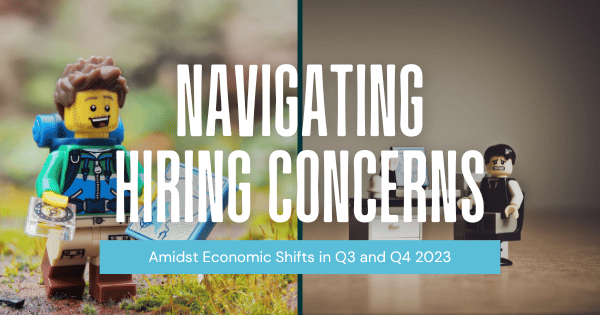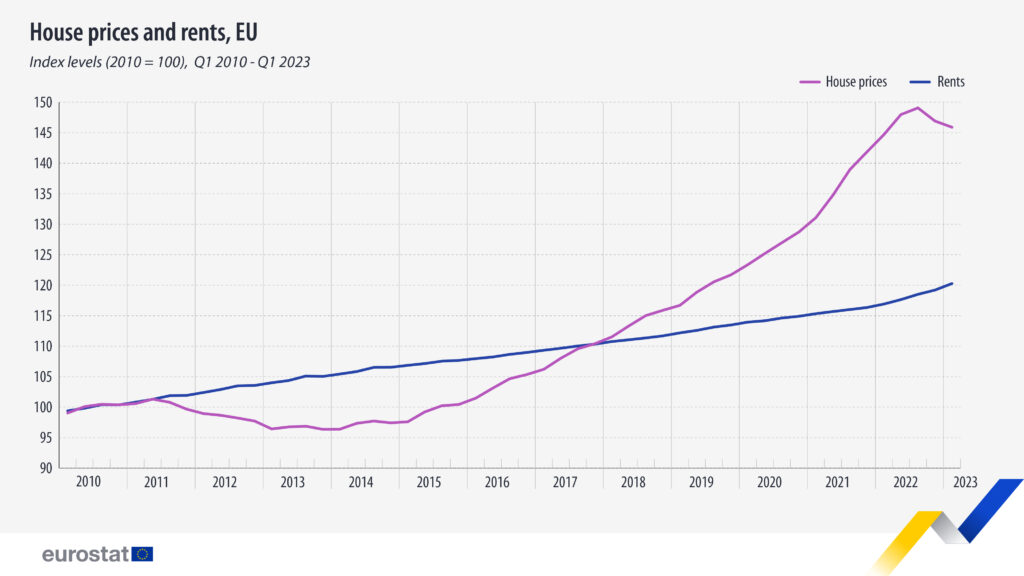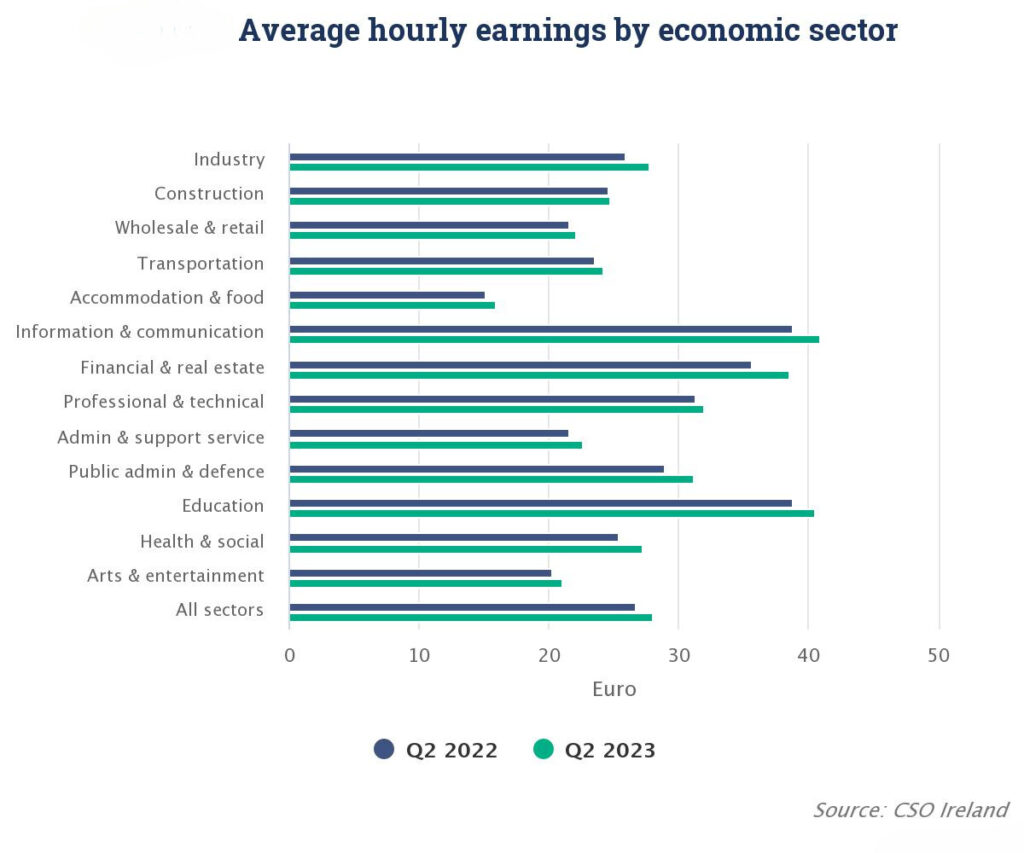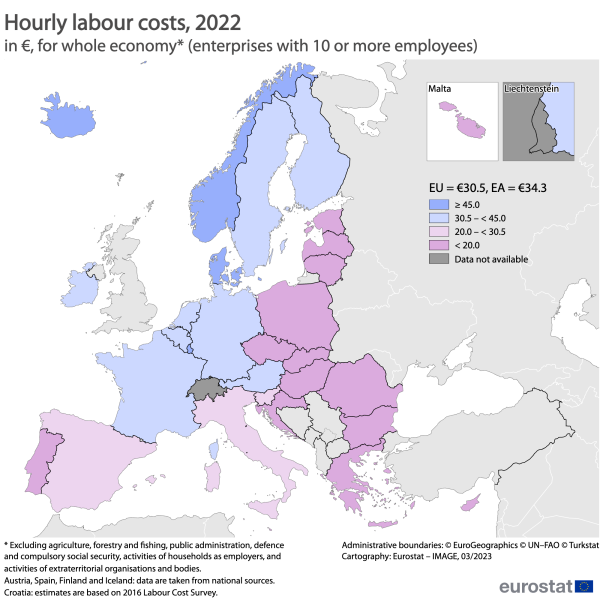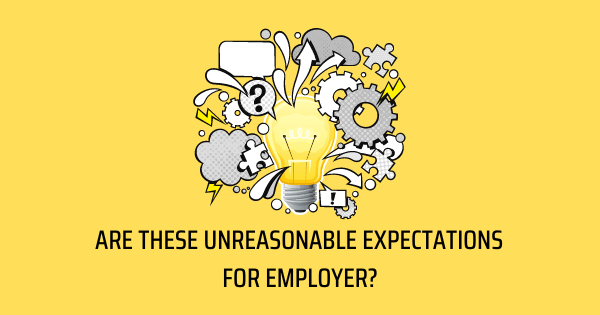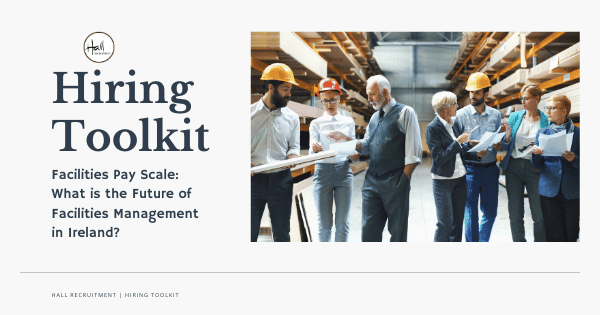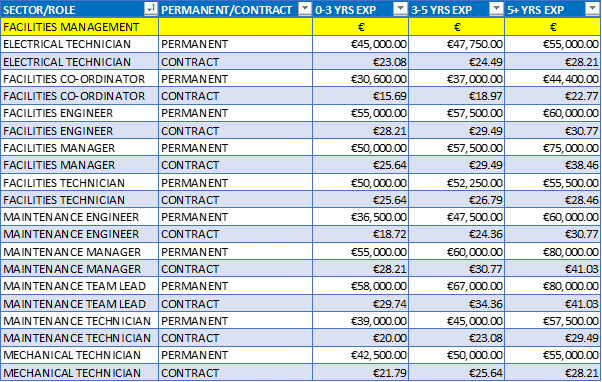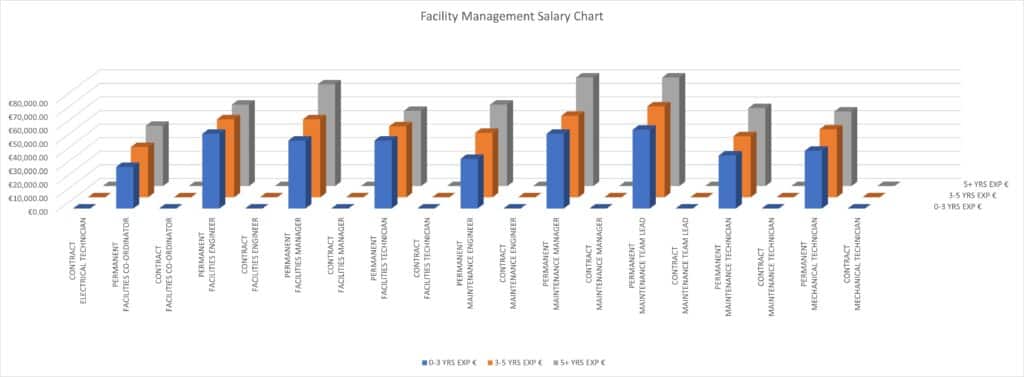
Dublin’s Job Evolution: Embracing Project Based Temporary Roles.
Introduction:
The common misconception about temporary recruitment often assumes a sporadic work pattern, yet Dublin stands at the forefront of a burgeoning trend in project-based roles, known as contract assignments. Notably, over the past year, there has been a remarkable surge of approximately 85% among major multinational corporations in Dublin, embracing specific purpose, both long-term and short-term contract positions as integral parts of their business expansion strategies. A prime illustration lies in Pfizer’s 2022 announcement of a €1.2 billion expansion initiative, earmarked for the construction and establishment of a new manufacturing plant in Grange Castle. This ambitious venture aims to double the capacity for biological drug substance manufacturing and is scheduled to commence construction in 2024, with completion slated for 2027. This substantial investment is anticipated to generate 400-500 permanent jobs. However, to facilitate the creation of these permanent positions, a cohort of temporary contract roles has emerged to orchestrate these transformative projects, encompassing various pivotal domains:
- Construction and Engineering Roles: Anticipated temporary positions include construction workers, civil engineers, electrical engineers, and mechanical engineers, necessitated by the sheer scale of the construction project.
- Project Management Roles: Temporary project managers and coordinators are likely required to oversee progress, manage timelines, and synchronize diverse teams involved in this expansive project.
- Consultancy Roles: Specialised temporary roles in pharmaceutical manufacturing processes, regulatory compliance, and environmental impact assessment are expected to ensure strict adherence to industry benchmarks.
- IT and Tech Roles: The escalating digitalisation of manufacturing may call for temporary IT professionals such as system administrators, network engineers, and cybersecurity experts to optimise operational efficiency.
- Logistics and Supply Chain Roles: Temporary professionals specialising in logistics and supply chain management may play crucial roles in procuring construction materials, managing equipment, and streamlining product distribution.
These diverse temporary roles represent the cornerstone of support for this ambitious expansion plan. They cater specifically to the project’s exigencies, offering a range of transient but vital opportunities aligned with the project’s distinctive requisites.
The Surge of Temporary Recruitment:
Temporary recruitment is swiftly becoming the norm in Dublin and across Ireland, signifying a return to pre-COVID levels of growth opportunities. Businesses are now resuming their once-halted plans for development and expansion, marking a significant recovery in the employment market and the hiring and recruitment sectors. According to the Central Statistics Office (CSO), Ireland reported a 4.8% unemployment rate in November 2023. As businesses reinvigorate their development strategies, the entire spectrum of employment benefits.
The Advantages: How Does This Impact You?
Contract positions or temporary assignments have long been coveted by skilled job seekers aiming to command high salaries and realise substantial earning potential within a defined period. These roles can span from 3 months to 2 years and beyond. Unlike their counterparts in permanent positions, professionals in contract roles are renowned in employment sectors for maintaining a higher standard of work. They are expected to hit the ground running, often undergoing more frequent check-ins and reviews by project managers and CFOs to ensure projects align with goals and budgets.
While this might seem demanding, the rewards for these contract professionals are extensive. Due to their relatively frequent movement within the job market, these individuals accumulate not only more upward interview experiences but also practical exposure in a results-driven environment. This diversified experience equips them with superior bargaining power to command higher salaries.
Consider this: who would you prefer to hire for an office administrator role? An Office Administrator with 2 years’ experience working for a single employer, or an Office Administrator with 2.5 years’ experience spanning two employers, engaged in high-profile projects?
This shift towards temporary roles marks a strategic career move for individuals seeking diversified experiences and heightened marketability in a landscape that increasingly values adaptability and multifaceted expertise.
How can I maximise my career opportunities to take advantage of this?
With everything mentioned you’re probably thinking why everyone doesn’t do this? Answer: Priorities! Some professionals may be looking for something more secure or stable. Temporary or contract positions are by no means unstable but when we compare them to permanent positions, the timeframe of employment is finite. As the news will confirm there are many working professionals trying to buy their first home. The desire for the permanent, pensionable job in Dublin is still as strong as ever.
If you are considering contract positions, we suggest that you first evaluate your long-term goals. Many of our placed professionals aspire to diversify their experiences within their chosen profession, allowing them to demonstrate their adaptability to a multitude of industries, thus making them more desirable candidates in the job market so they can command a higher salary.
We have often found that successful professionals who actively seek these project-based contract roles have strong career aspirations. They have a result orientated approach to their work and actively seek constructive feedback to help hone their skills and climb the corporate ladder.
If this is your goal, we recommend being discerning in your choice of temporary roles. Assess how each employer and each temporary assignment aligns with your career goals, the skills it offers and the potential for networking and future opportunities.
By looking inward and assessing your choices and determining if these opportunities align with your long-term career goals, you can position yourself optimally to leverage the burgeoning trend of temporary roles in Dublin’s dynamic job market, maximising your career opportunities and enhancing your professional growth.
Unlock New Roads with a Driving Licence!
If you don’t already, make 2024 the year you get your driving licence. Not only will this offer you more freedom in life but with the rising cost of homes, more of us are being forced to move further away from the city. While its great to be on a commuter belt, recruiters and hiring professionals prioritise location as well as willingness and ability to commute to and from work when they shortlist candidates.
Know What You’re Applying For!
Before clicking that ‘Apply’ button, take a moment to grasp the essence of the position. Don’t let a lack of attention to detail derail your job search journey. Carefully read the job description, ensuring your qualifications align with the requirements. Scrutinise the location, hours, and salary expectations. By doing your due diligence, you’ll avoid wasting your time and the time of others.
Conclusion:
Dublin’s thriving landscape of temporary administration roles presents an avenue to seize career opportunities. The upsurge in project-based positions within major corporations signifies an evolving job market. While permanency appeals to some due to stability, contract roles present a chance for professionals to diversify experiences, demonstrate adaptability, and command higher salaries. Success in these transient roles stems from strong aspirations, a results-driven approach, and strategic alignment of assignments with long-term goals. Maximising opportunities means discerningly selecting roles that align with career objectives and skills while embracing strategies for growth, like acquiring a driving licence for increased mobility and ensuring precise alignment with job descriptions. By leveraging these strategies, professionals can navigate Dublin’s temporary job market, optimising their career prospects and fostering sustained professional development.
At Hall Recruitment, we’re committed to connecting skilled individuals with exceptional roles and career opportunities. Explore our extensive job listings and reach out to our experienced team for personalised guidance. Together, let’s navigate the exciting world of career opportunities and discover the perfect match for your skills and aspirations.
Looking for a new career opportunity Click Below






